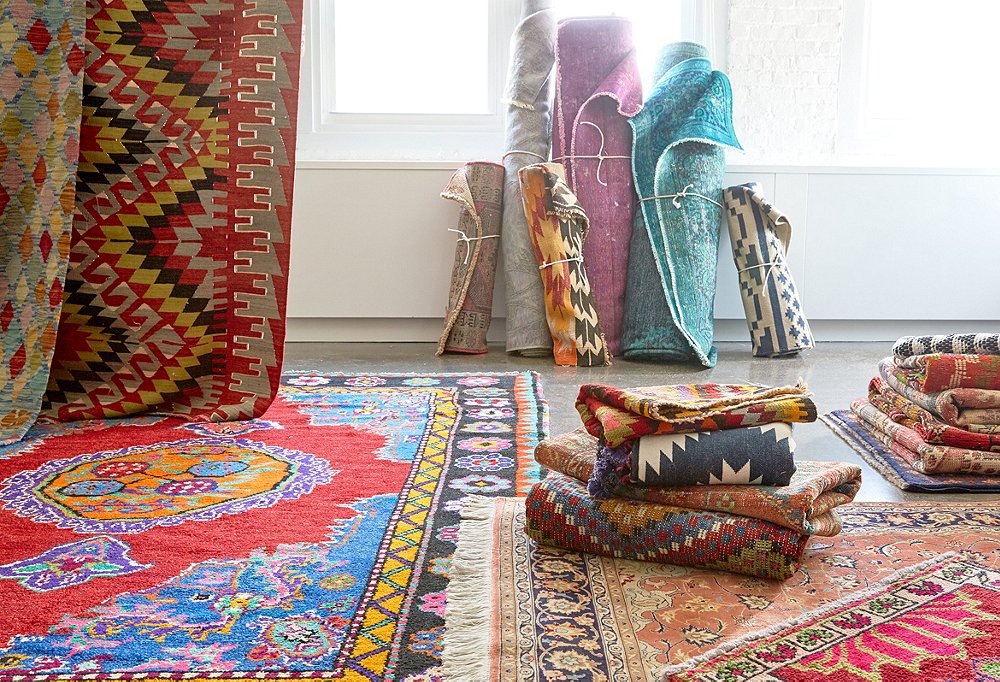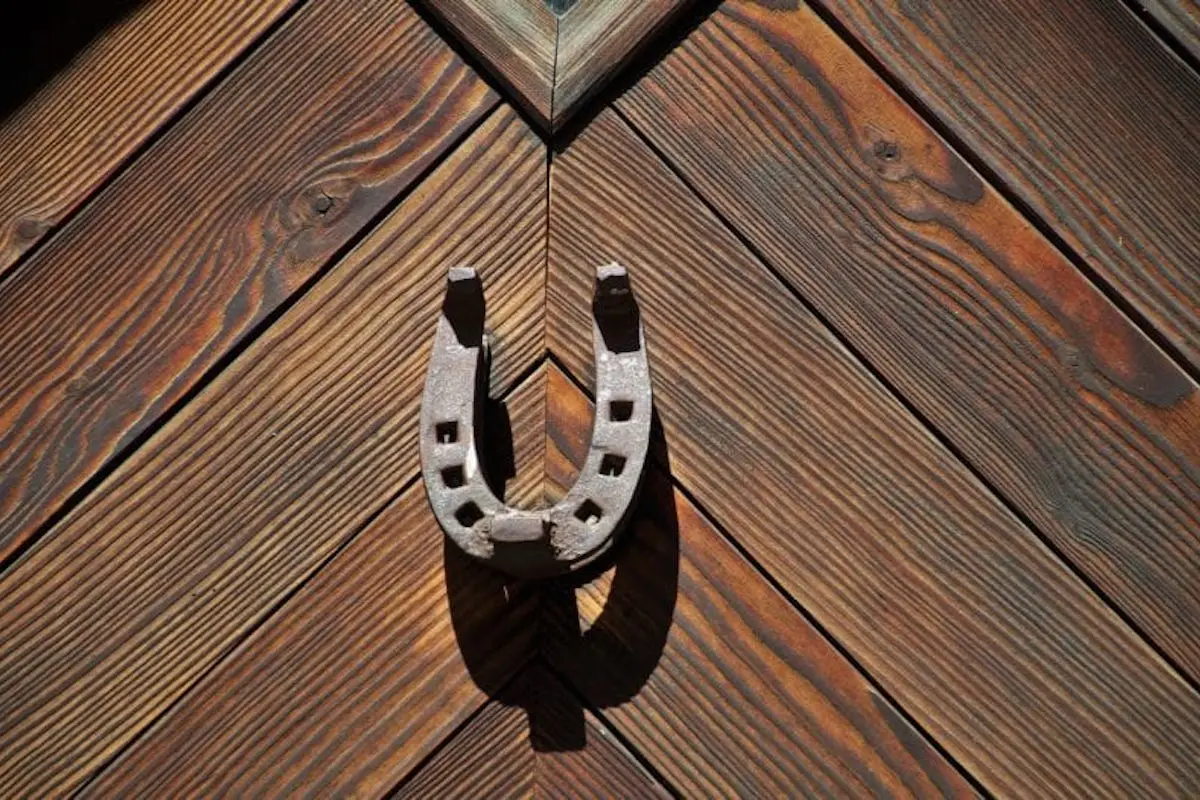Weaving History, Art, and Tradition
Turkish carpets and rugs are far more than just floor coverings; they are a living testament to Turkey’s cultural richness, artistic heritage, and timeless traditions. These intricate creations continue to captivate the world, serving as a bridge between the past and the present, while carrying forward the artistic and cultural legacy of Turkey.
Creating a Turkish carpet is a labor-intensive and highly skilled process. Artisans, often women, meticulously hand-weave each carpet, infusing their emotions, experiences, and wishes into the intricate patterns. These patterns can convey various meanings, such as protection against evil, fertility, or wishes for a happy marriage. In essence, Turkish carpets are a form of artistic expression, where each thread is carefully selected and woven with intention.
Symbolism and Hospitality:
In Turkish culture, carpets hold deep symbolic value. They are a symbol of hospitality and are often used to welcome guests into homes. It is customary to offer a rug as a sign of warmth and hospitality, reinforcing the idea that visitors are treated with utmost respect and care.
Economic Significance:
The production and sale of Turkish carpets contribute significantly to the country’s economy. Many families and communities depend on rug weaving as their primary source of income. The global demand for Turkish carpets has also created a thriving export market, further bolstering the economic importance of this craft.
Preservation and Recognition:
Recognizing the cultural significance of Turkish carpets, the Turkish government and various organizations have taken steps to preserve and promote this art form. Initiatives include educational programs, workshops, and the establishment of carpet museums, where visitors can explore the history and craftsmanship behind these cultural treasures.



